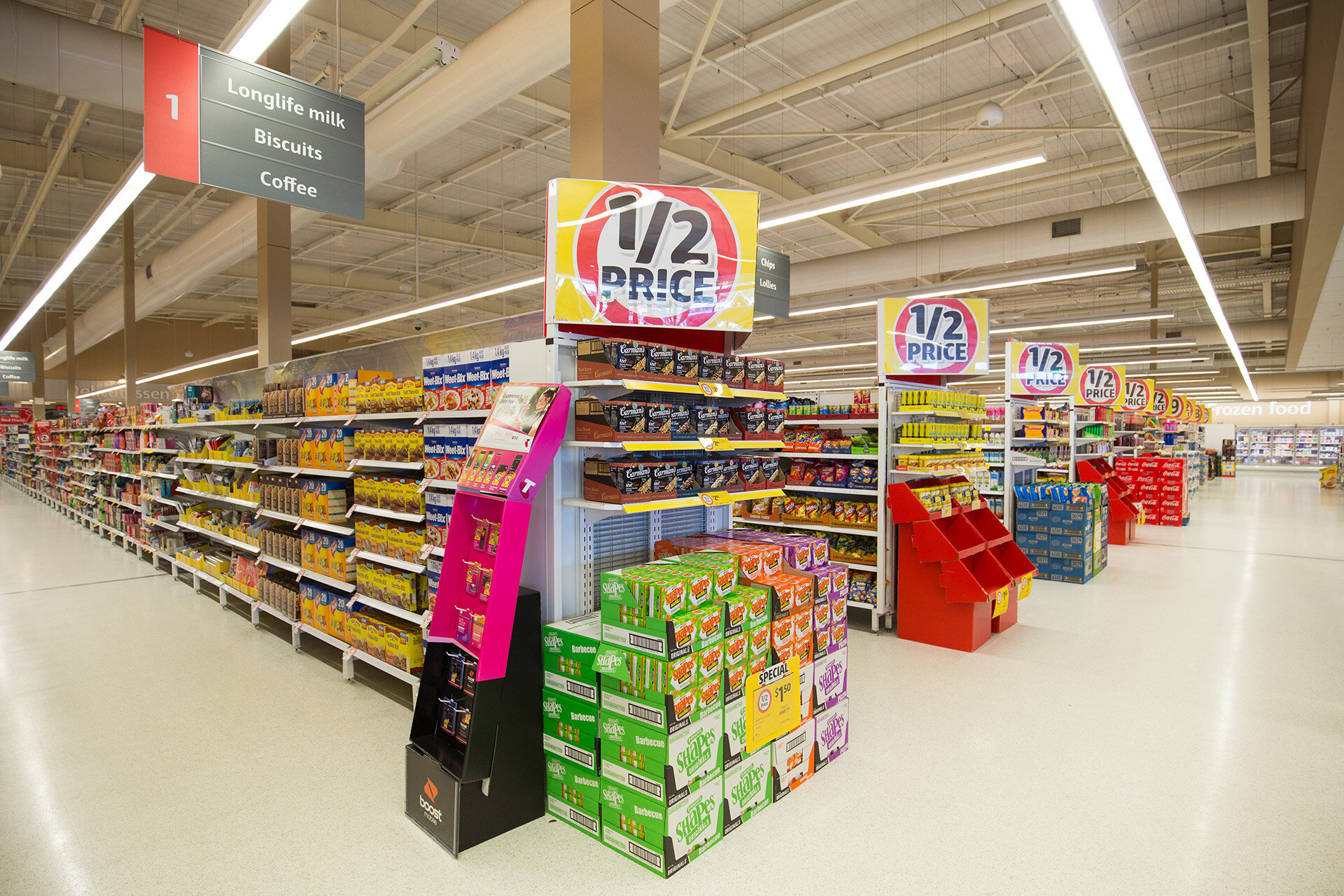Focus on the Product First
Slowly marketers have been relinquishing not only their scope of influence but also their effectiveness. Was it deliberate or was it accidental? Among other factors, I blame the new product pipeline - or should I say conveyor belt.
What has traditionally been the age-old tension between customer channels, sales and marketing is not the source but rather the disconnect between new product development - namely by innovation teams - and the people responsible to build the brands, awareness, distribution and ultimate sale of existing and new products and services.
Let’s start with great product innovation. When done right it is marvellous; in fact, it almost defies the need for marketers meddling at all. Think Red Bull, Apple iPhone as new outright product categories to product extensions such as Yoghurt pouch packaging or technologies such as Audible books.
For services, look no further than JB HiFi’s ability during Covid lockdowns to enable store staff to deliver orders within 2 hours same-day, utilising last-mile tracking technology Radaro. The net impact is a seamless delivery experience and exceeding customer expectations at every turn.
Let's call out the litany of shockers. Products and services that failed, not due to poor brand, marketing nor distribution, but primarily because they were simply poor to bad products or iterations on a proven formula. Consider a few from the FMCG wasteland: Coke Life (deleted), Arnott’s Shapes 'new and improved' flavours (reversed), VB Raw (deleted) or iconic Campbell's soup reduced salt (reversed).
How do these duds make it to market?
Hindsight is a wonderful thing, despite the best efforts of many, we look back and must ask, did anyone stop and question why?
“marketers are in the driving seat”
Many may blame the power and expectations of our major retailer and demanding sales channels, especially prominent in Australia. Constantly seeking new products to line their shelves, differentiate their offer for customers, aiming to draw people down every aisle. Although they appear an obvious culprit, retailers are merely the final judge of products presented for sale, not the jury.
Innovation teams aren't to blame either: they are merely doing their job, albeit too often making new stuff for new stuff’s sake. Throw enough darts you may just land a bullseye.
Meanwhile, marketers sit in the pilot seat with the capability to make a real impact across their businesses, not just holding on as custodians of a brand.
With access to quality and timely data, attribution models to prove effectiveness combined with visibility across their NPD pipelines, marketers are in the driving seat to guide and ensure their whole business can focus on the product first.
The same applies to service-based brands, however by their nature and courtesy of instantly iterable technology, they tend to be more adaptable. Yes, many failures exist, however, the majority were start-ups, rather than attempts to leverage an existing powerful brand foundation.
What should marketers do?
Step into trade, walk the aisles and return to viewing the world through the eyes of their consumers.
Work further up the product development pipeline and have more say over product quality, design and features.
Next, lean deeper down the NPD funnel to align with sales imperatives like price and distribution.
Stop the distractions available to spin and fiddle with short term, low to non-brand building fluff.
Lift your vantage and build brands for the longer term.
Team Contributor: David Gough
Get in touch:david.gough@arrowvane.com | Linkedin
Subscribe to The Quiver newsletter here


